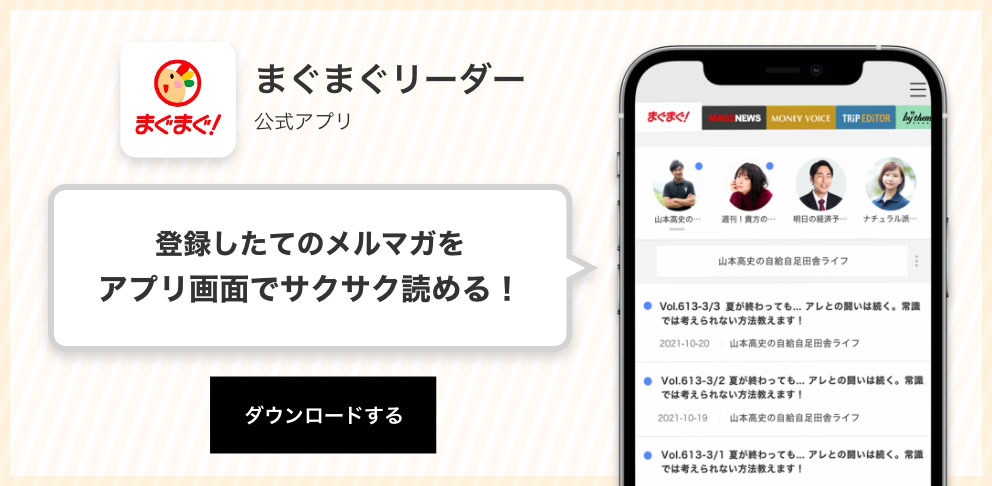【高校英語】共通テストの英文解釈 vol.1186≪2022年共通テスト第6問B≫本文内容第4段落
【高校英語】共通テストの英文解釈□--■--□--■--□--■--□--------------------------------------------◆
【高校英語】共通テストの英文解釈 vol.1186
≪2022年共通テスト第6問B≫ 2022/5/2配信
◆----------------------------------------□--■--□--■--□--■--□--■
目次・・・■ 問題 ■ 全文訳 ■ 解答・解説 ■ 語句 ■ 解答一覧
━━━━━━━━━━━━━━━━━━━━━━━━━━━━━━━━━━━━
今回は2022年共通テスト第6問Bを解説します。
■ 問題
第6問
B You are in a student group preparing a poster for a scientific
presentation contest with the theme "What we should know in order to
protect the environment." You have been using the following passage to
create the poster.
┌―――――――――――――――――――――――――――――――――――┐
| [Recycling Plastic] |
| ――What You Need to Know―― |
| |
| The world is full of various types of plastic. Look around, and you |
|will see dozens of plastic items. Look closer and you will notice a |
|recycling symbol on them. In Japan, you might have seen the first |
|symbol in Figure 1 below, but the United States and Europe have a more|
|detailed classification. These recycling symbols look like a triangle |
|of chasing pointers, or sometimes a simple triangle with a number from|
|one to seven inside. This system was started in 1998 by the Society of|
|the Plastics Industry in the US, but since 2008 it has been |
|administrated by an international standards organization, ASTM |
|(American Society for Testing and Materials) International. Recycling |
|symbols provide important data about the chemical composition of |
|plastic used and its recyclability. However, a plastic recycling |
|symbol on an object does not always mean that the item can be |
|recycled. It only shows what type of plastic it is made from and that |
|it might be recyclable. |
| |
| Figure 1. Plastic recycling symbols |
| |
| (図は省略します) |
| |
| So, what do these numbers mean? One group (numbers 2, 4, and 5) is |
|considered to be safe for the human body, while the other group |
|(numbers 1, 3, 6, and 7) could be problematic in certain |
|circumstances. Let us look at the safer group first. |
| High-density Polyethylene is a recycle-type 2 plastic and is |
|commonly called HDPE. It is non-toxic and can be used in the human |
|body for heart valves and artificial joints. It is strong and can be |
|used at temperatures as low as -40℃ and as high as 100℃. HDPE can be|
|reused without any harm and is also suitable for beer-bottle cases, |
|milk jugs, chairs and toys. Type 2 products can be recycled several |
|times. Type 4 products are made from Low-density Polyethylene (LDPE). |
|They are safe to use and are flexible. LDPE is used for squeezable |
|bottles, and bread wrapping. Currently, very little Type 4 plastic is |
|recycled. Polypropylene (PP), a Type 5 material, is the second-most |
|widely produced plastic in the world. It is light, non-stretching, and|
|has a high resistance to impact, heat, and freezing. It is suitable |
|for furniture, food containers, and polymer banknotes such as the |
|Australian dollar. Only 3% of Type 5 is recycled. |
| Now let us look at the second group, Types 1, 3, 6, and 7. These are|
|more challenging because of the chemicals they contain or the |
|difficulty in recycling them. Recycle-type 1 plastic is commonly known|
|as PETE (Polyethylene Terephthalate), and is used mainly in food and |
|beverage containers. PETE containers ― or PET as it is often written |
|in Japan ― should only be used once as they are difficult to clean |
|thoroughly. Also, they should not be heated above 70℃ as this can |
|cause some containers to soften and change shape. Uncontaminated PETE |
|is easy to recycle and can be made into new containers, clothes, or |
|carpets, but if PETE is contaminated with Polyvinyl Chloride (PVC), it|
|can make it unrecyclable. PVC, Type 3, is thought to be one of the |
|least recyclable plastics known. It should only be disposed of by |
|professionals and never set fire to at home or in the garden. Type 3 |
|plastic is found in shower curtains, pipes, and flooring. Type 6, |
|Polystyrene (PS) or Styrofoam as it is often called, is hard to |
|recycle and catches fire easily. However, it is cheap to produce and |
|lightweight. It is used for disposable drinking cups, instant noodle |
|containers, and other food packaging. |Type 7 plastics (acrylics, |
|nylons, and polycarbonates) are difficult to recycle. Type 7 plastics |
|are often used in the manufacture of vehicle parts such as seats, |
|dashboards, and bumpers. |
この続きを見るには
この記事は約
NaN 分で読めます(
NaN 文字 / 画像
NaN
枚)
これはバックナンバーです

